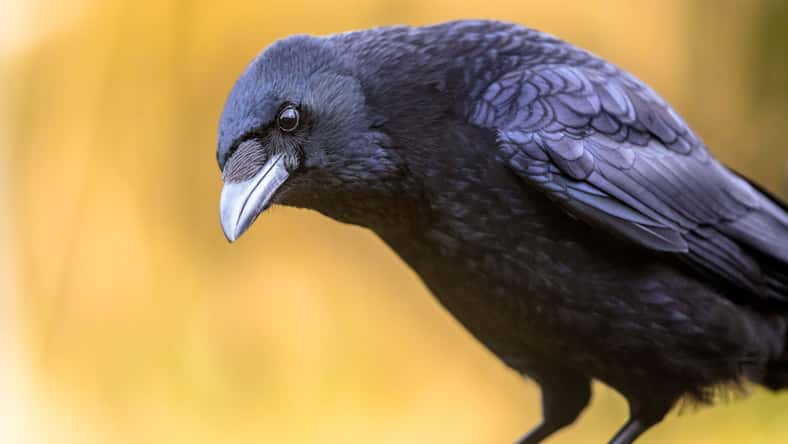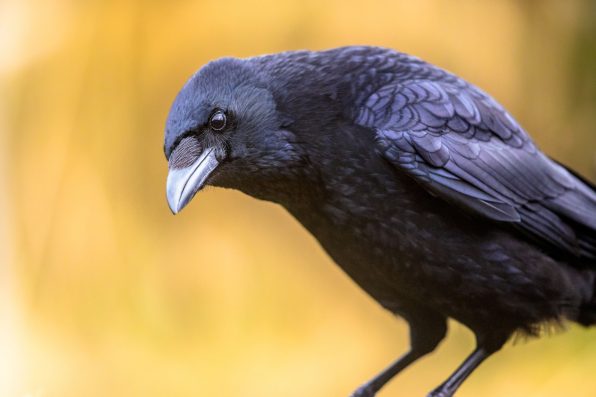New Research Has Shown That Crows Have The Same Numerical Skills As Human Toddlers, With The Ability To Count Aloud Up To The Number Four

Crows are already known for their remarkable smarts, but lately, they are proving to be some of the most intelligent animals on the planet.
Through a recent study published in the journal Science, a team of researchers has discovered that crows may have the same numerical skills as human toddlers.
The results of the study demonstrated that carrion crows produce a specific number of vocalizations in response to visual or auditory stimuli.
The birds are also able to count out loud between one and four, proving that numerical thinking is not just a human capability.
Scientists from the University of Tübingen in Germany trained three crows to caw between one and four times in response to an audio recording that was played for them.
A frequency sound was associated with four caws, a drum roll for three, the noise of a cash register for two, and a guitar chord for one.
In addition, the scientists showed the crows a screen with the Arabic numerals of the number of caws they were to vocalize.
When the crows were done vocalizing, they had to tap the screen to indicate they were finished counting. Each time they counted correctly, they received a mealworm as a reward.
The crows were correct more often than they were not. They had a 100 percent accuracy rate when counting to one, about a 60 percent success rate when counting to two, and a roughly 50 percent success rate for three.

creativenature.nl – stock.adobe.com – illustrative purposes only, not the actual crow
According to Diana Liao, a co-author of the study and an animal physiologist from the University of Tübingen, the crows would sometimes refuse to caw for the number four, which resulted in a 40 percent accuracy rate.
They would even peck at the screen to end the test right away. Furthermore, the crows paused before cawing correctly.
They had longer reaction times for higher totals, indicating that they planned their responses prior to vocalizing them.
Other bird species have been found to have a numerical sense as well. For example, a study of black-capped chickadees in 2005 revealed that the number of their “dee” vocalizations in their alarm calls changed depending on the size of the predator within their proximity. The presence of smaller predators elicited more sounds.
In the future, the researchers hope to determine how crows use their counting skills in the wild and figure out which parts of the brain the birds are utilizing when engaging in that type of behavior.
Sign up for Chip Chick’s newsletter and get stories like this delivered to your inbox.
More About:Animals





